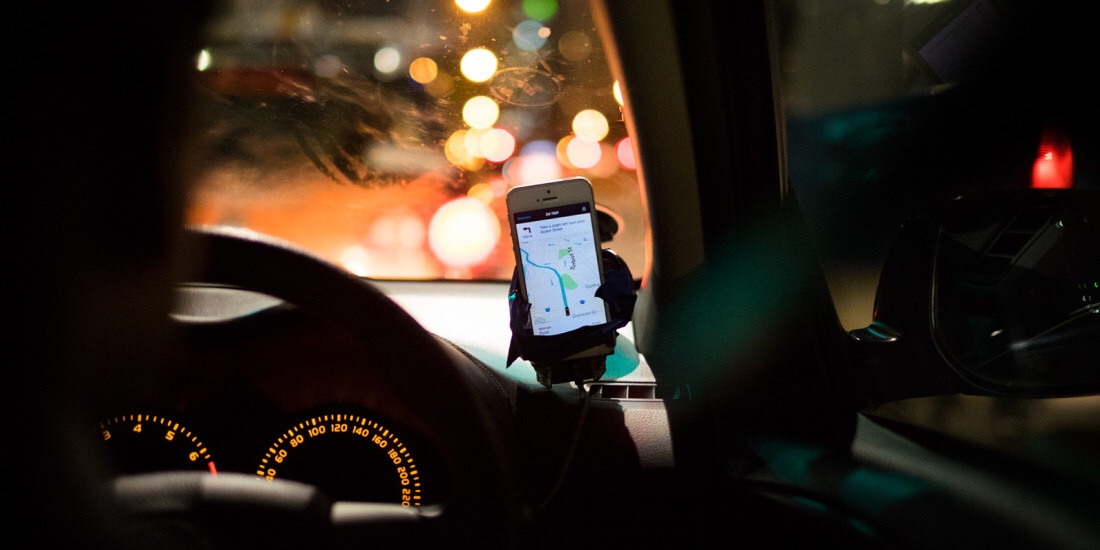Ride sharing companies like Uber and Lyft have made claims of high earnings potential while driving for their services, but critics have constantly casted doubts over those claims. Critics have pointed out that companies fail to factor in things such as vehicle costs and self-employment taxes.
According to a MIT study, researcher have analyzed the real-world costs and earnings of being driver for them. Because drivers for services like Uber and Lyft aren’t technically company employees, they get paid as contractors and must cover their own costs, like gas, vehicle maintenance, and most of all, their self-employment taxes. While drivers have the potential to earn good money, those costs add up fairly quickly and critics have put in effort to estimate a more realistic picture for ride-sharing drivers’ actual earnings by taking everything into account.

In this extensive study, researchers fathered data from more than 1,100 drivers who could provide detailed vehicle cost information. Using the provided data, the team of researchers work the numbers and found that in the worst cases, some ride-sharing drivers were actually losing money by driving for these services. Now, you may be asking how this is possible? Well, it’s because vehicle costs are high, including things such as insurance that covers ride-sharing services, and it drives the total hourly wages down. For example, isn’t 74 percent of cases, ride-sharing drivers were found o be earning less than their state’s minimum wage. Let that sink in. The medium profit per hour before taxes came out to $3.37 per hour.

The study also shows that despite driver’s median gross revenue being $0.59 per mile, taking into account for vehicle expenses, that figure was brought down to $0.29 per mile. It then comes at no surprise that the turnover rates in gig economy driving are estimates to fall between 50 percent and 96 percent.
The research paper explains that vehicle costs included estimate insurance, gas, depreciation, and fuel expenses for operation. Overall though, 30 percent of ride-sharing drivers’ total expenses were exceeding their income. This basically means that they’re paying money in long-term to be a driver for these companies instead of earning money.





